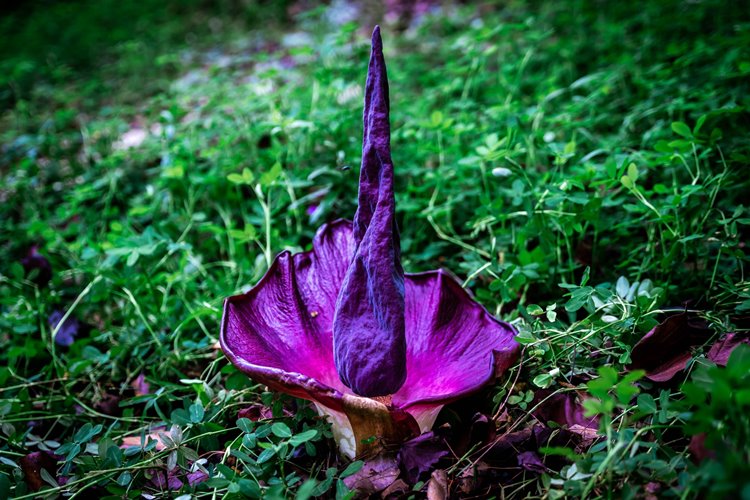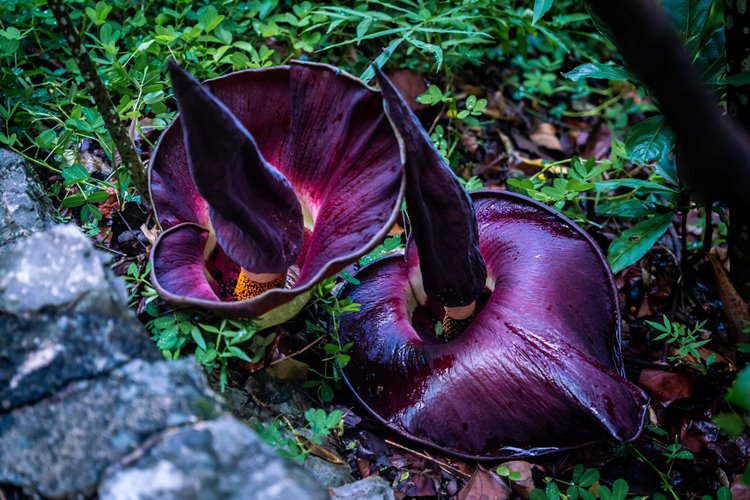“Pungapong” Discovered in Masungi Georeserve, Could this be a New Species of This Peculiar Plant?
Masungi Georeserve, a renowned nature reserve in the Philippines, recently shared photos of a peculiar plant that could potentially be a new species of the foul-smelling Amorphophallus, commonly known as “Pungapong.”
Initially identified as Amorphophallus urceolatus, the Pungapong found in Masungi may, in fact, be a distinct species. According to one of their expert collaborators, the description of this Amorphophallus is different from the species they have encountered before.
It produces a rotten carcass-like odor that may be smelled from several meters away. The wet season reportedly strengthens the blooming smell of Pungapong.

According to the page, Pungapong’s presence indicates the biological richness of the karst landscape in the area.
The discovery of a potential new species within Masungi Georeserve highlights the importance of protecting and conserving this biodiverse environment. The foul odor emitted by the Pungapong is believed to be a natural mechanism that attracts specific pollinators to aid in its reproductive cycle.
As researchers delve deeper into the characteristics and habitat requirements of this newly found plant, it provides valuable insights into the ecological significance of the karst landscape in Masungi.


The preservation of such unique species is crucial for maintaining the delicate balance of nature and safeguarding the biodiversity of the region.
Masungi Georeserve continues to serve as a sanctuary for numerous plant and animal species, further solidifying its role as a hub of scientific discovery and conservation efforts.
By raising awareness about this potentially new species, they hope to inspire a greater appreciation for the natural wonders that lie within the boundaries of Masungi and foster a deeper understanding of the intricate web of life that exists in our world.

The social media users expressed their reactions to the post:

What can you say about this discovery? Just feel free to leave your comments and reactions to this article.
Thank you for visiting Philippine Trending News (Philnews.ph). You may also follow us on the following social media platforms; Facebook, Twitter, and YouTube
